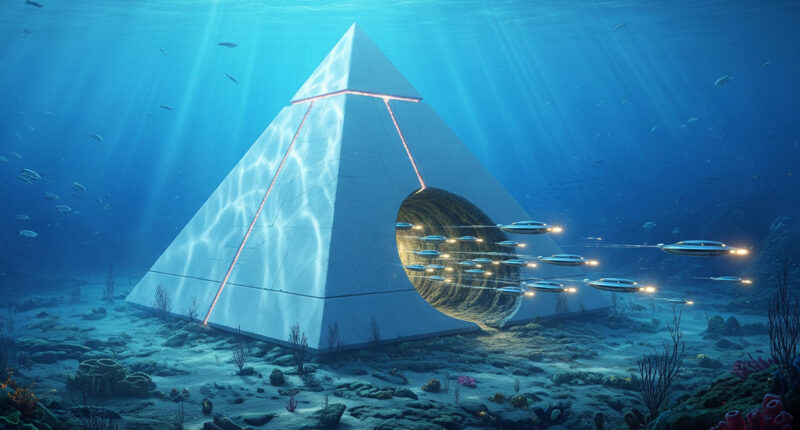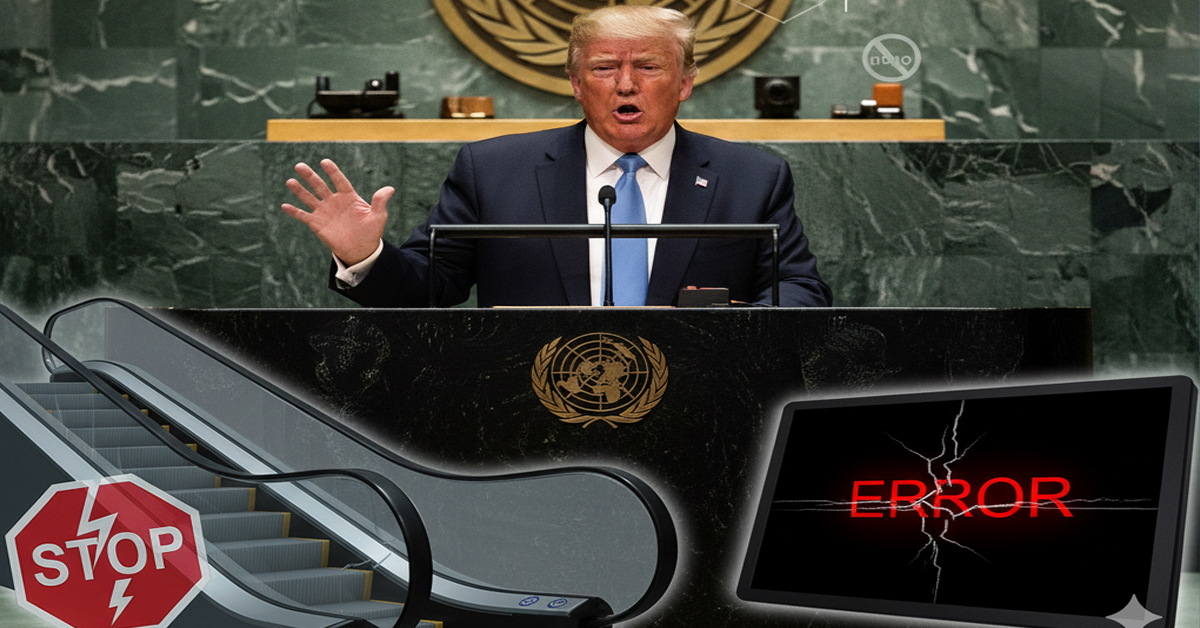In a development that has simultaneously captivated conspiracy theorists and fueled widespread mockery, a sitting member of the US Congress has gone on the record claiming the existence of extraterrestrial intelligence operating out of a hidden base beneath the world’s oceans.
The politician at the center of the storm, Tennessee Republican Congressman Tim Burchett, boldly asserted that Unidentified Anomalous Phenomena (UAPs)—the government’s preferred term for UFOs—are not only real but have been established on Earth for millennia, residing in advanced social structures deep underwater. These claims were significantly amplified by subsequent statements from a UFO researcher who pinpointed a specific location: an area near the Bahamas.
The saga has thrust the often-ridiculed topic of flying saucers and aliens firmly back into the mainstream political conversation, forcing the public to once again grapple with the thin line between alleged whistleblower testimonies and outright fiction.
The Congressman’s Deep Dive: Hundreds of Miles Per Hour
Congressman Tim Burchett has become one of the most vocal figures in Washington advocating for transparency regarding UAPs. His recent comments, delivered during an interview and later shared on social media, focused specifically on the mysterious activity beneath the waves.
Burchett didn’t mince words, claiming he possesses knowledge of highly advanced, non-human vehicles zipping through the deep ocean at speeds that dwarf human technology.
“Our best submarines can only go less than 40 miles an hour. These vehicles can go hundreds of miles an hour,” Burchett stated, citing an anonymous contact within the US Navy.
His core message was a stark comparison: humanity knows more about the surface of the moon than it does about the deep trenches of its own oceans. This vast, unexplored frontier, he suggests, provides the perfect cover for an alien civilization to operate unnoticed.
This assertion is critical for two reasons:
- Velocity: The speeds claimed defy current known laws of hydrodynamics for large, underwater objects.
- Secrecy: It implies a fundamental and alarming lack of domain awareness by the US Navy over Earth’s own waters.
Pinpointing the Location: The Tongue of the Ocean
The controversy escalated when Dr. Mitchell Salas, a researcher dedicated to the UAP/extraterrestrial phenomenon, followed up on Burchett’s remarks by naming a specific location for one of these alleged alien operating centers.
According to Dr. Salas, the base is situated beneath the Atlantic Ocean, near the Bahamas, in a geological feature known as the Tongue of the Ocean. He suggests this massive underwater trench, with depths reaching around 3,000 feet (approximately 914 meters) in the area of the alleged base, acts as the ideal concealed harbor.
Dr. Salas went further, suggesting that the facility is similar to a “submarine-like base” from which numerous crafts emerge. His claim is reportedly based on interviews with witnesses, including one individual, identified only as “JP,” a US secret observer who allegedly visited the base via a Black Hawk helicopter and an advanced submarine.
The witness described the base itself as a structure resembling a “large white pyramid, Dubai-style,” housing tall, “Nordic-type” aliens. Crucially, the crafts seen leaving the base were described as being able to transition seamlessly from high-speed underwater travel to atmospheric flight—the very definition of a classic UFO, or transmedium vehicle.
AUTEC and the Intersection of Fact and Allegation
One term repeatedly brought up in this discussion is AUTEC (Atlantic Undersea Testing and Evaluation Centre). This is not a conspiracy theory fantasy; AUTEC is a real-world, highly secured facility operated by the US Navy in the waters of the Bahamas. It is officially used for testing advanced submarines, sonar, and other underwater military technologies.
The presence of a known, real-life, highly secretive US Navy base in the very vicinity of the alleged alien activity is the cornerstone of the theory. The claim made by Dr. Salas is that the US Navy has secretly constructed infrastructure on the ocean floor, but that this infrastructure either works alongside, or is merely a cover for, the deeper alien presence.
This intersection of known military secrecy and incredible alien claims is what makes the story so persistent and difficult to dismiss for some observers.
Public and Congressional Reaction
The reaction to the claims has been polarizing.
On the political front: Burchett’s statements are part of a broader congressional push for the disclosure of UAP information, often championed by whistleblowers who claim the government is engaging in decades-long cover-ups. These officials, having access to classified briefings, argue the threat is a genuine national security issue, not just a fringe topic. Earlier this year, another congressman had mentioned an orbital saucer splitting into four pieces when targeted by a missile, adding to the list of outlandish but officially-sourced claims.
On social media and public opinion: The details—Nordic aliens, pyramids, and hundreds-of-miles-per-hour underwater vehicles—have been met with torrents of skepticism and ridicule. The lack of any verifiable, unclassified photographic or sensor evidence is the main sticking point. Critics argue that an influential public figure should not disseminate unverified anecdotes, particularly those that sound straight out of a 1950s science fiction serial. The public demands tangible evidence to justify such extraordinary claims, a demand that has yet to be met.
Conclusion: Why This Matters
Whether or not one believes in “Nordic aliens” living in pyramid bases, the claims being made by Congressman Tim Burchett and associated researchers serve a vital purpose in the current discourse: they highlight the enormous gaps in publicly available information regarding UAP sightings.
The most compelling aspect is the official acknowledgment of vehicles operating with capabilities far beyond current human understanding. If the claims of hundred-mile-per-hour transmedium vehicles are true, then the global security framework needs to be radically reassessed.
Ultimately, the story of the alleged underwater base near the Bahamas forces us to ask: Is this the sound of elected officials and military insiders finally telling the truth about a phenomenon they can no longer contain, or is it merely another round of sensational, unverified tales distracting from more tangible global issues? Until verifiable evidence is presented, the debate will continue to rage, echoing from the deep, uncharted waters of the Atlantic all the way to the halls of Congress.









